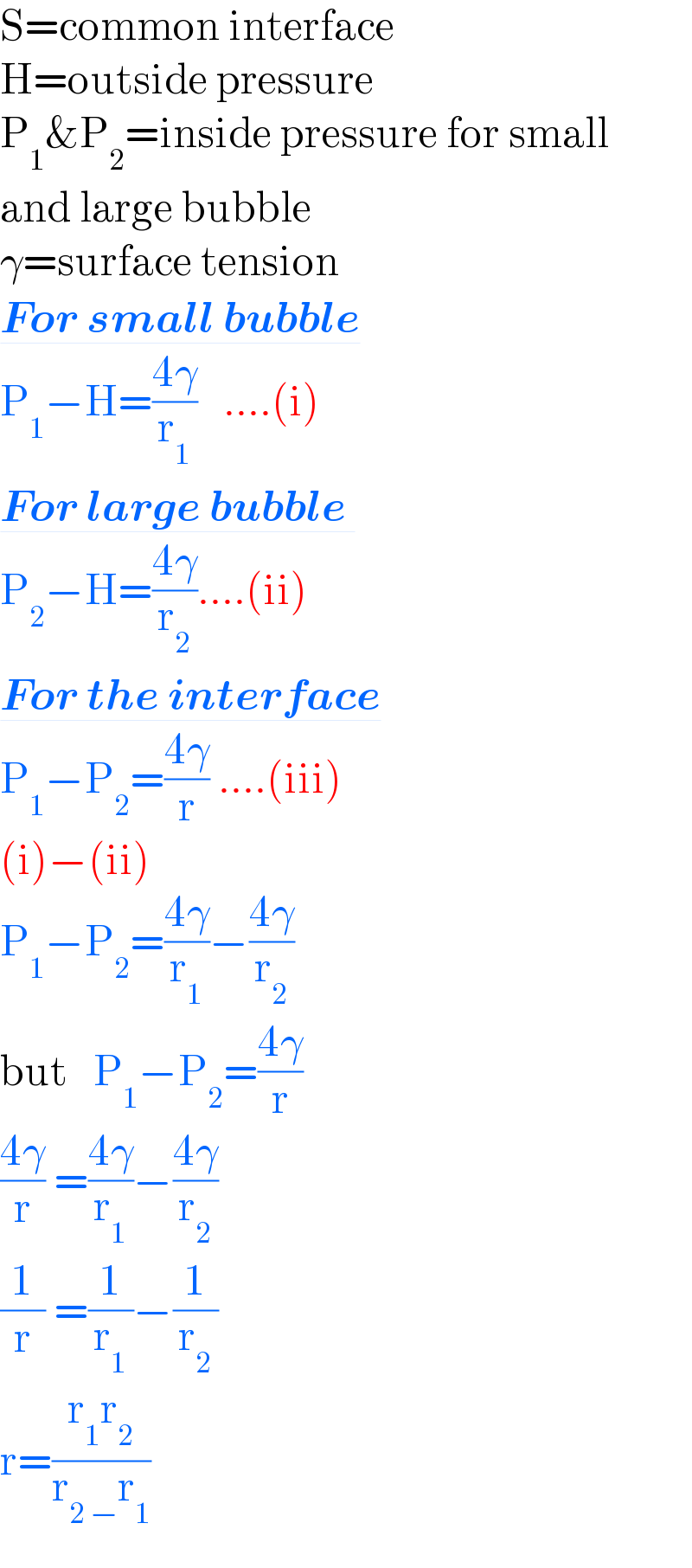
Question and Answers Forum
Question Number 155293 by peter frank last updated on 28/Sep/21
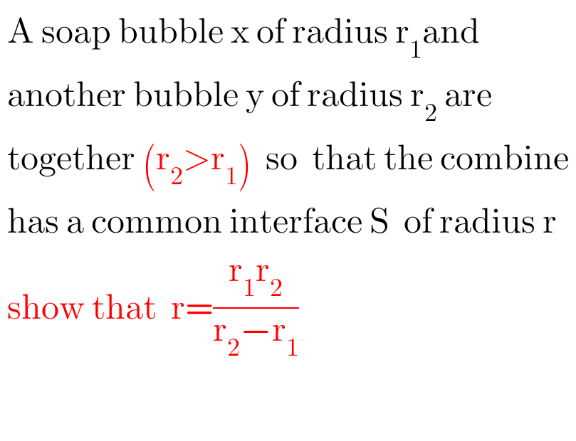
Answered by mr W last updated on 28/Sep/21
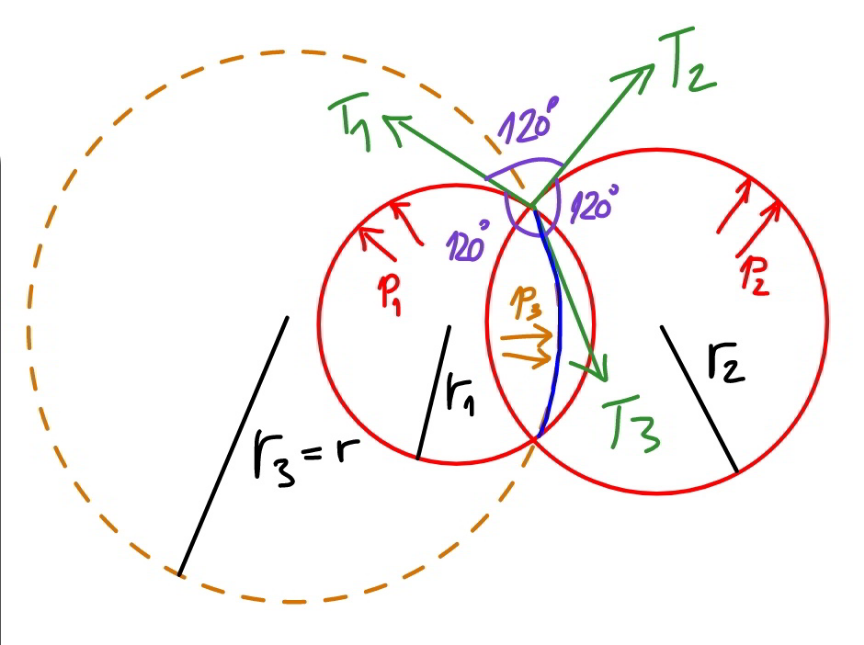
Commented by mr W last updated on 28/Sep/21
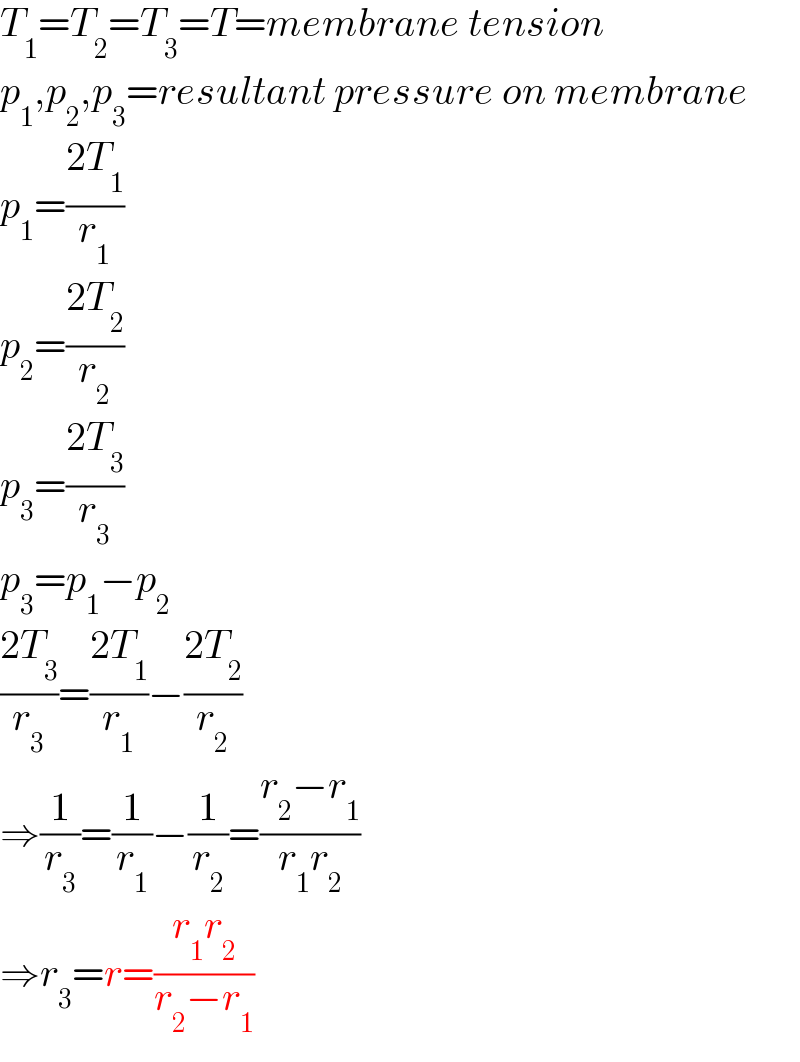
Commented by peter frank last updated on 28/Sep/21

Commented by mr W last updated on 28/Sep/21

Commented by peter frank last updated on 28/Sep/21

Commented by Tawa11 last updated on 28/Sep/21

Answered by peter frank last updated on 28/Sep/21
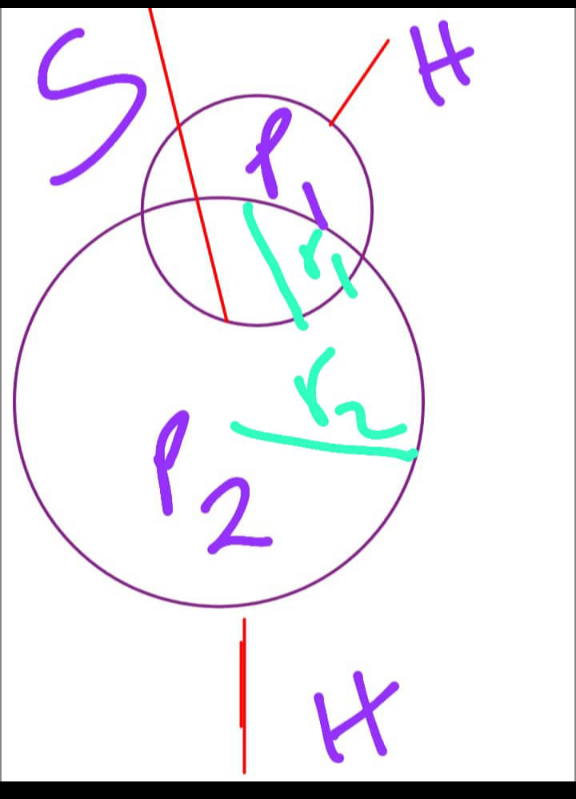
Commented by peter frank last updated on 28/Sep/21
